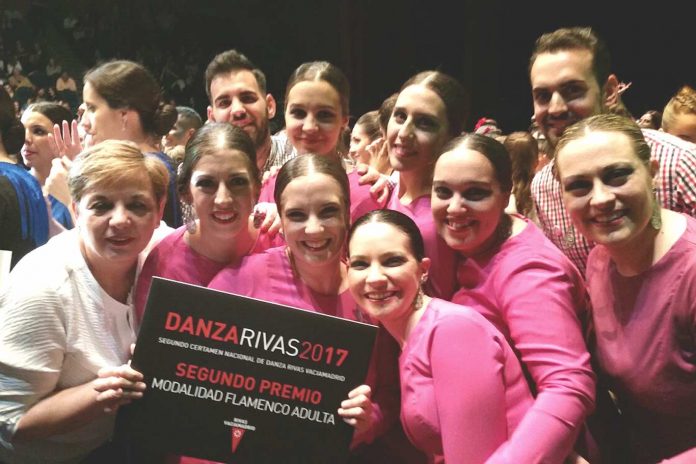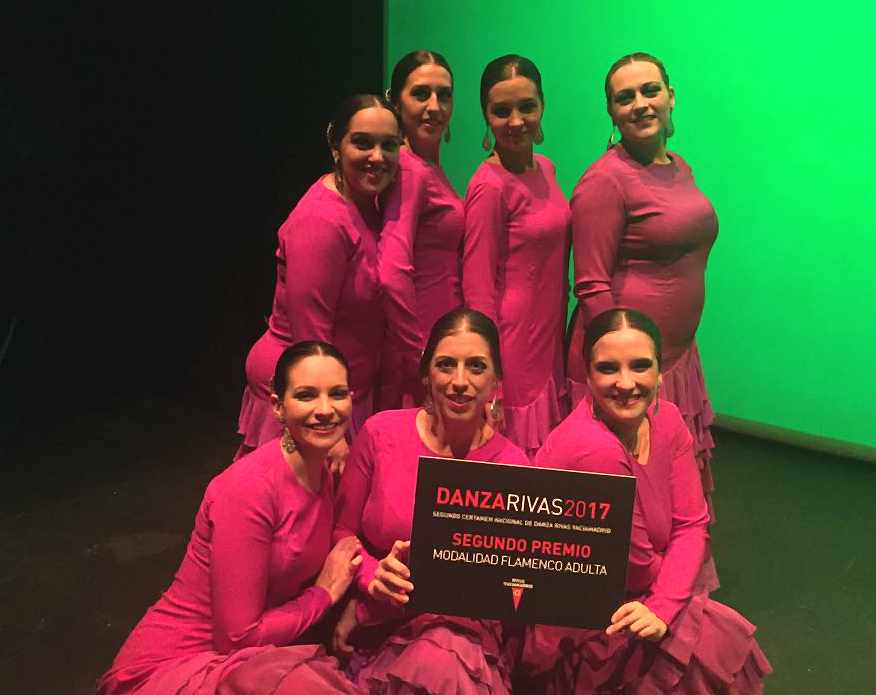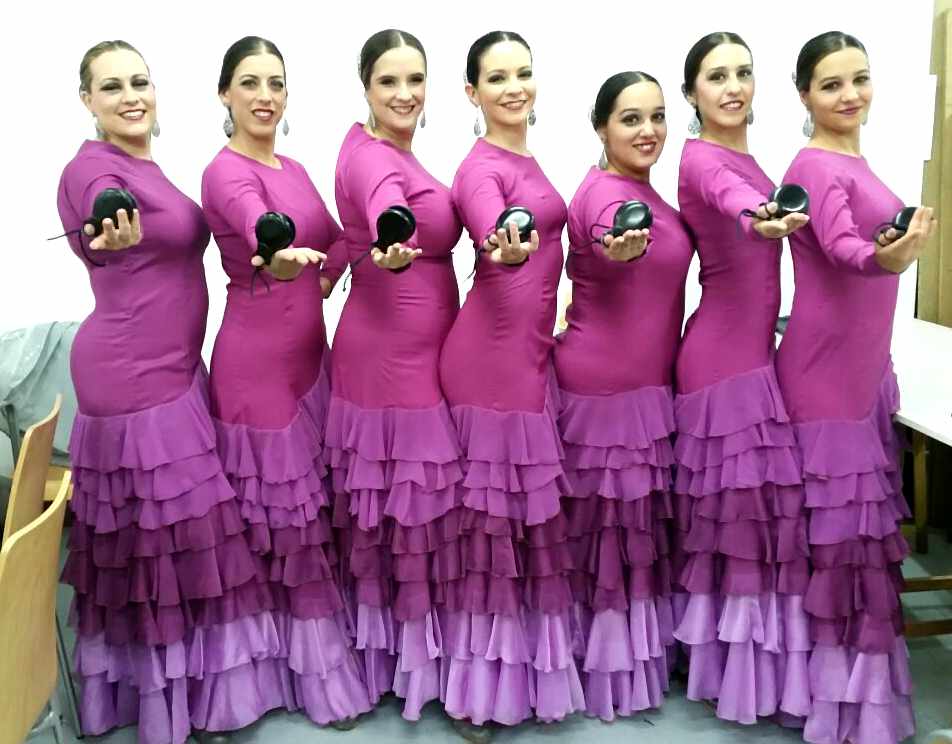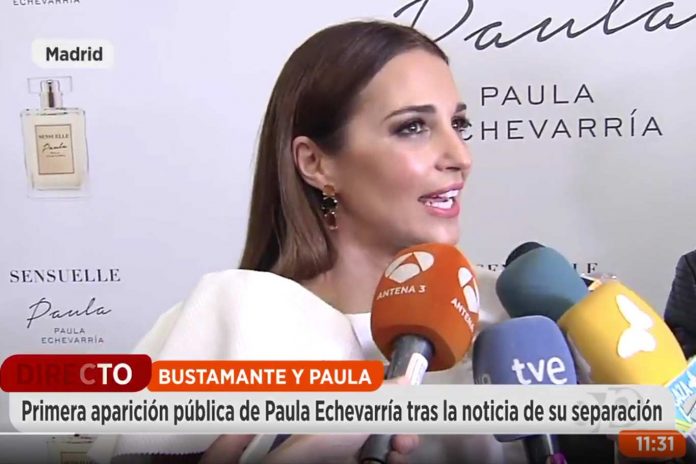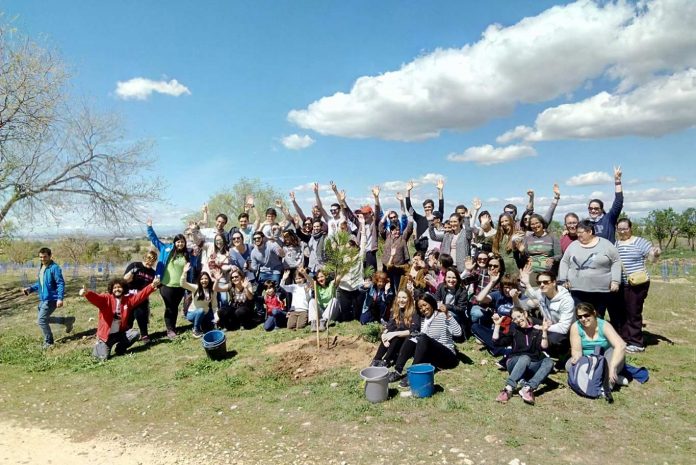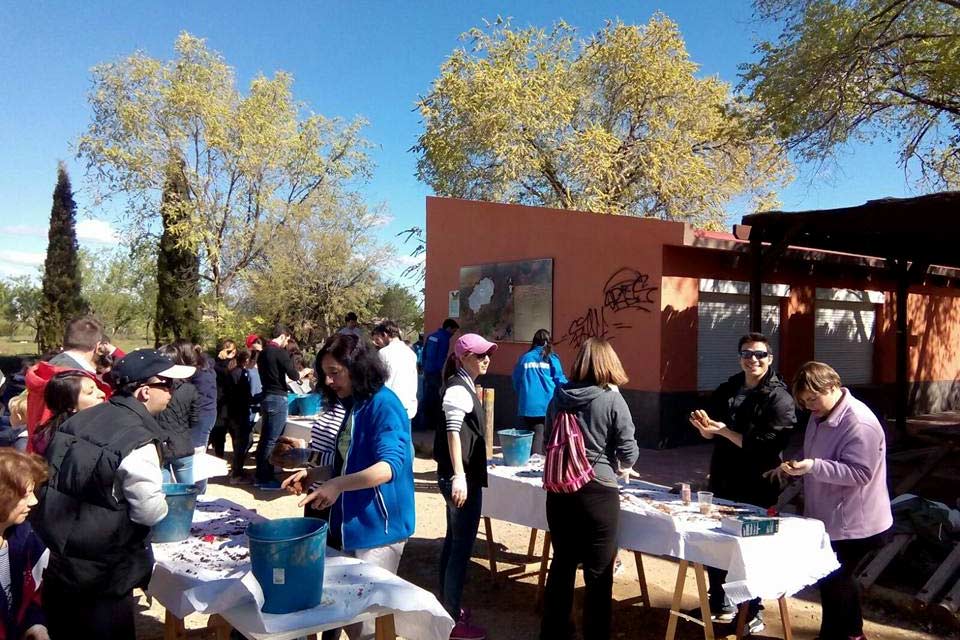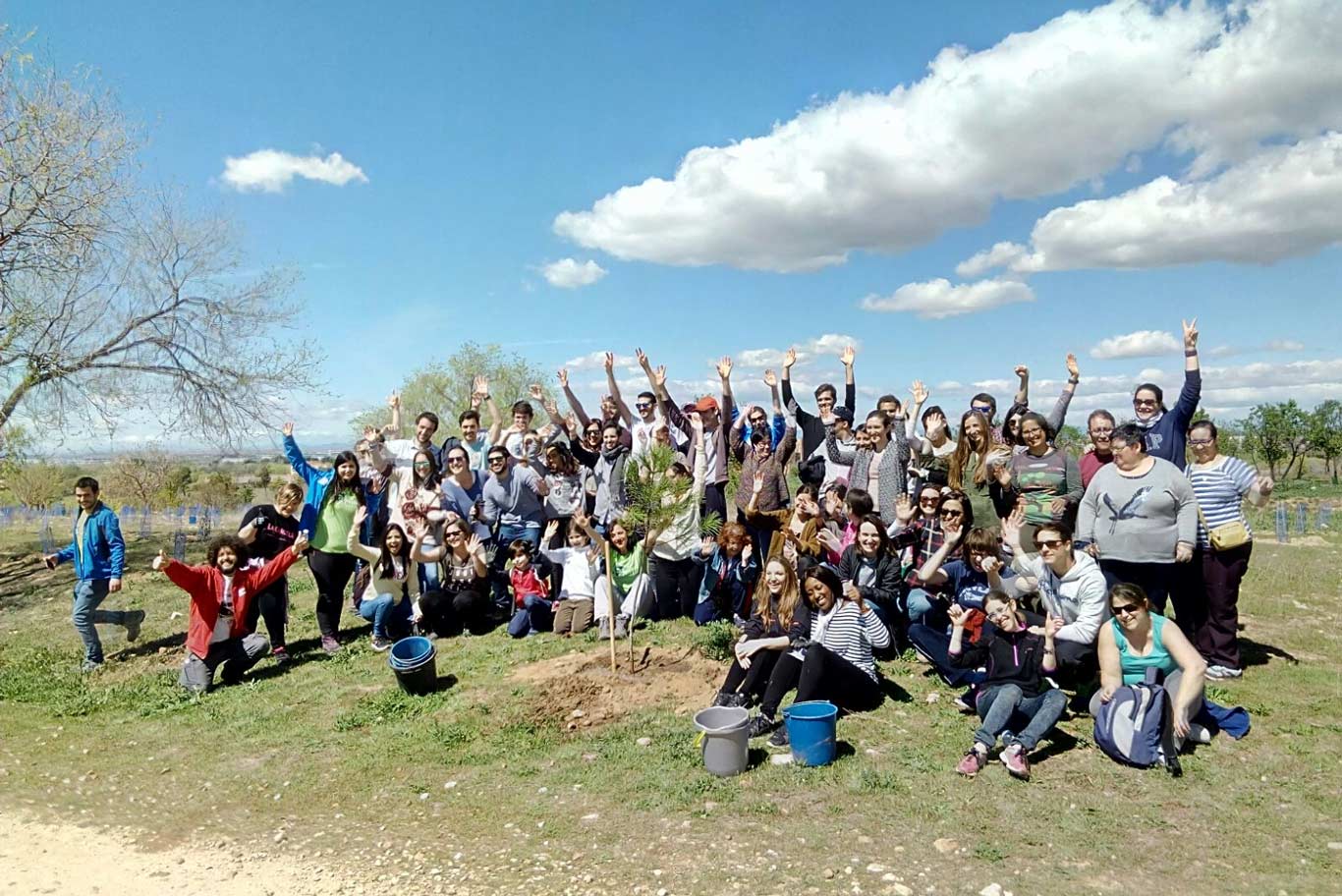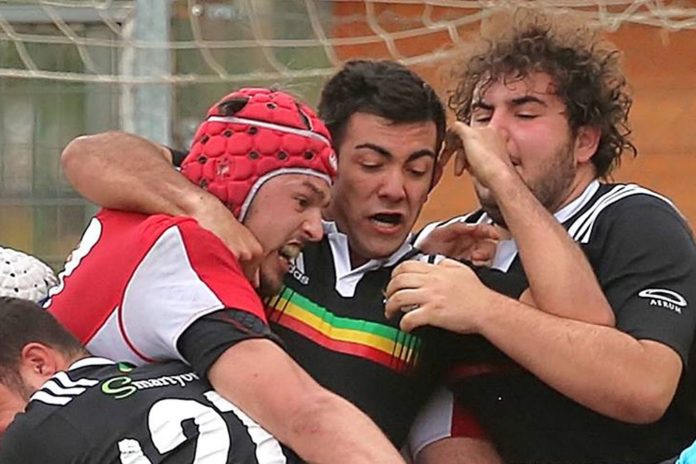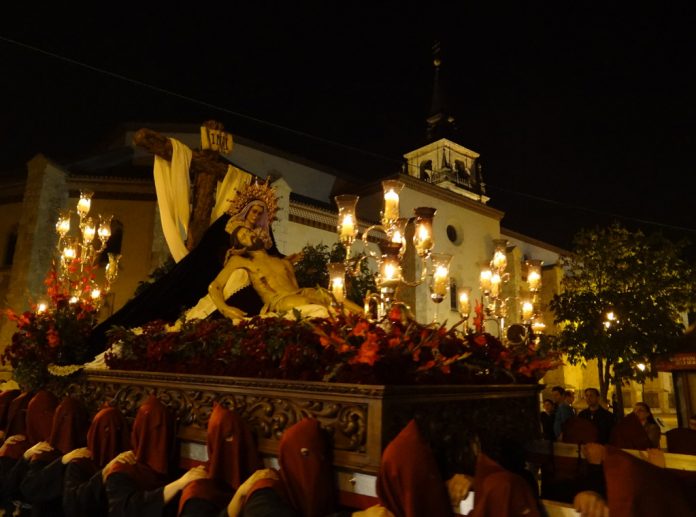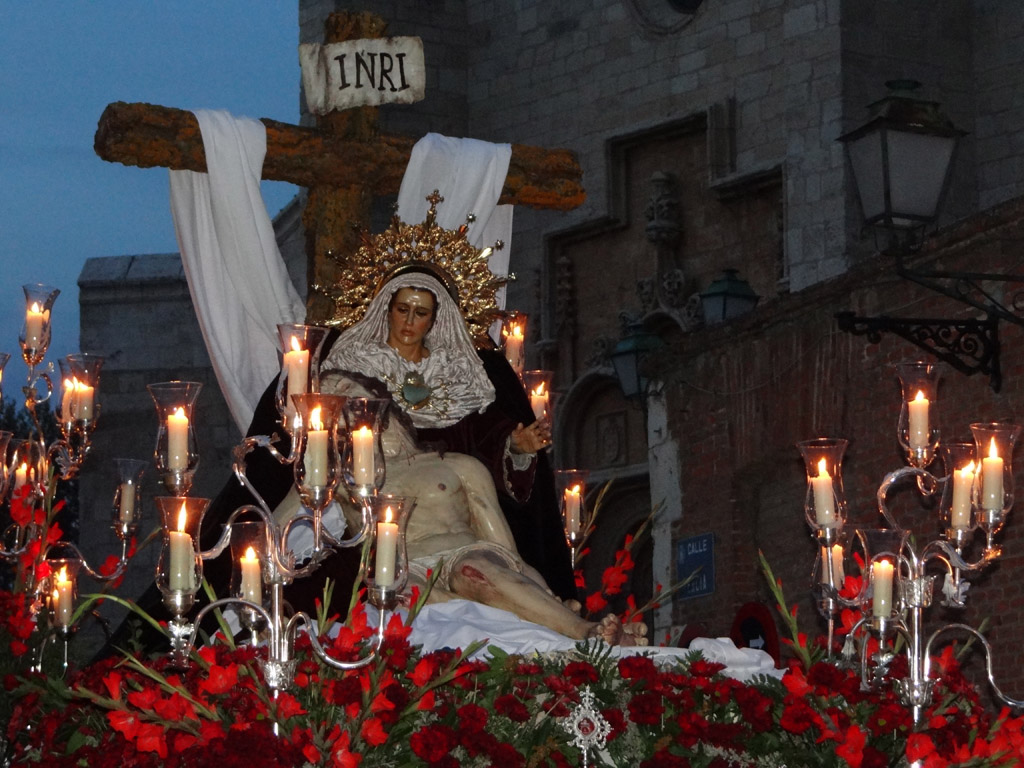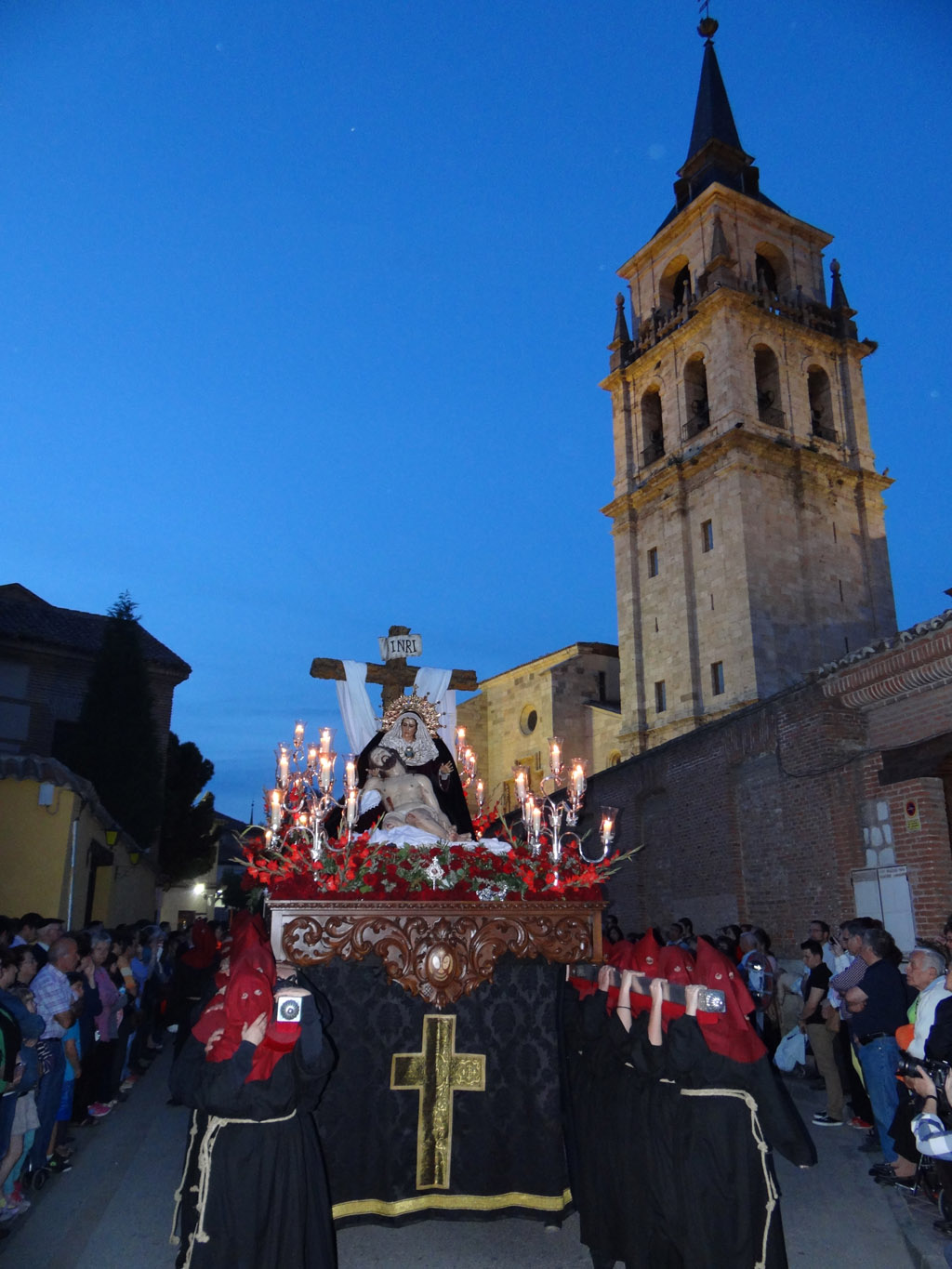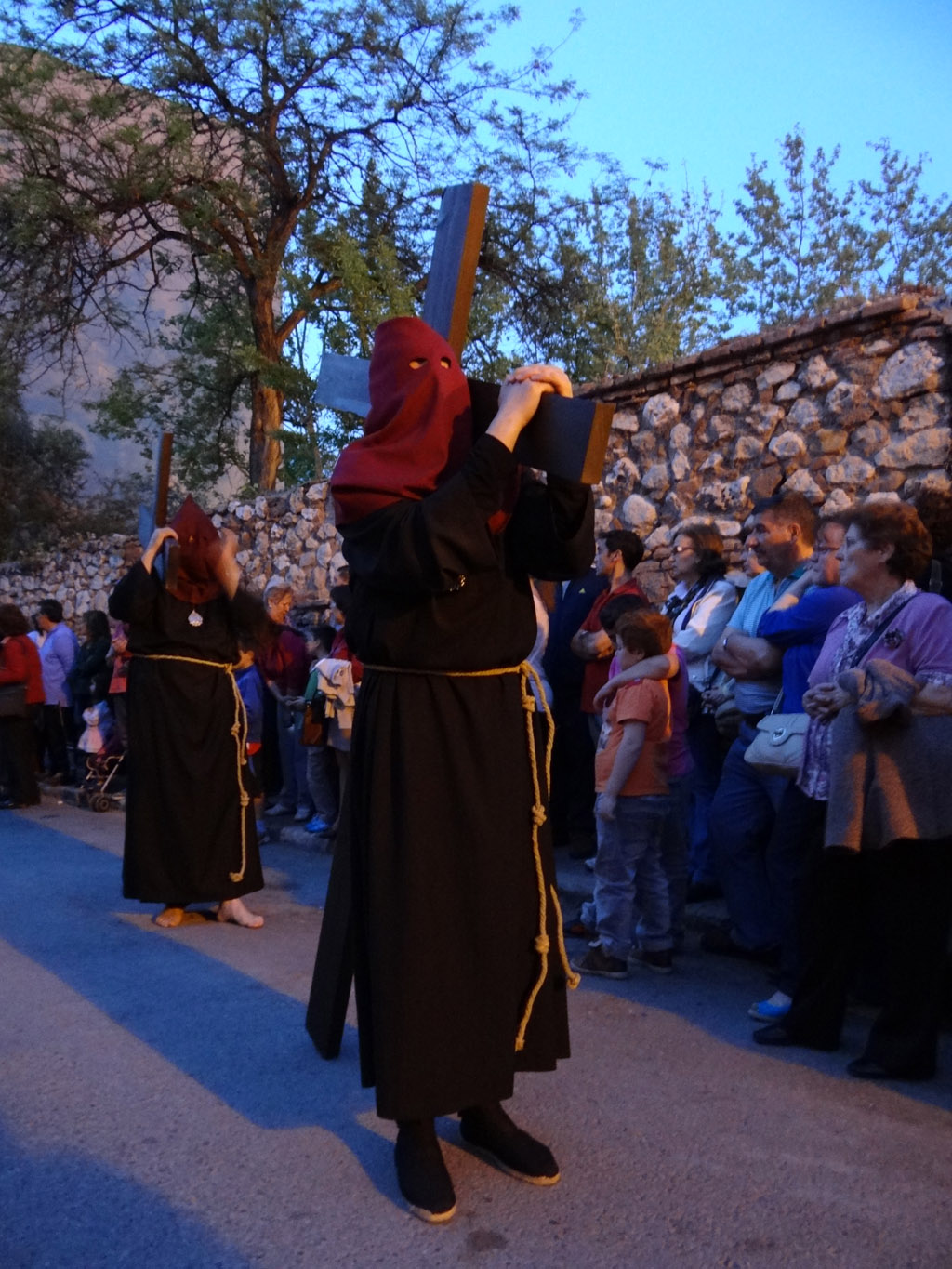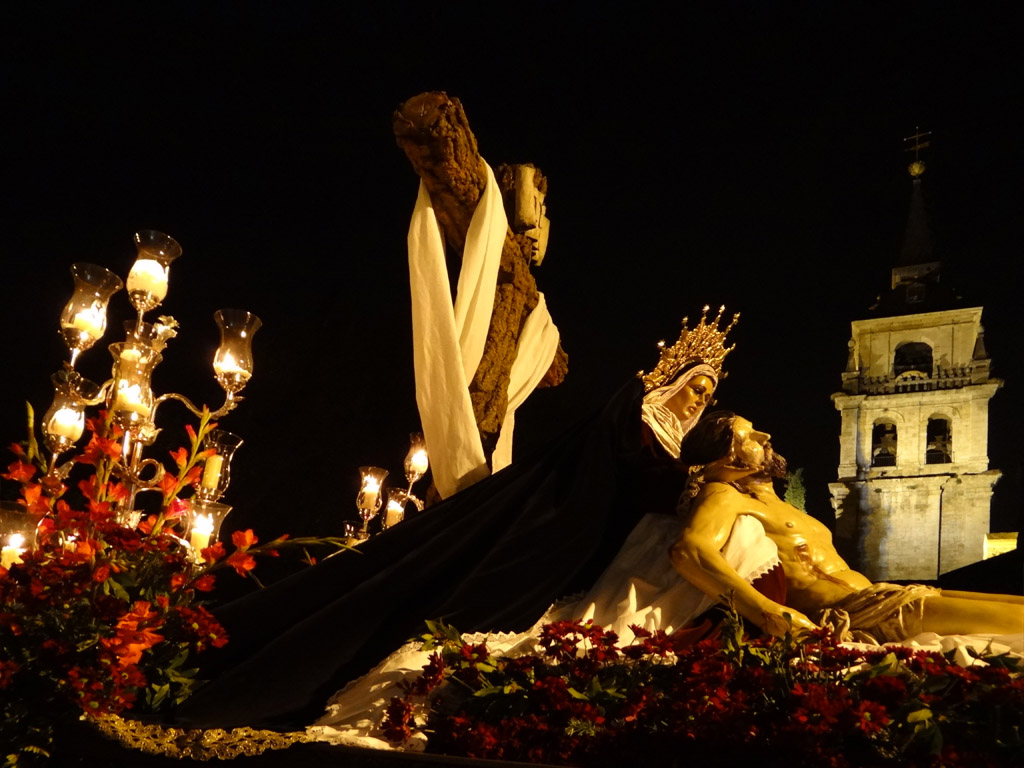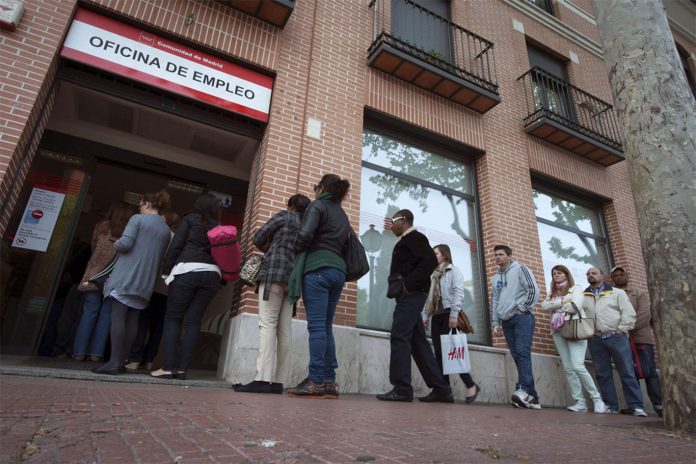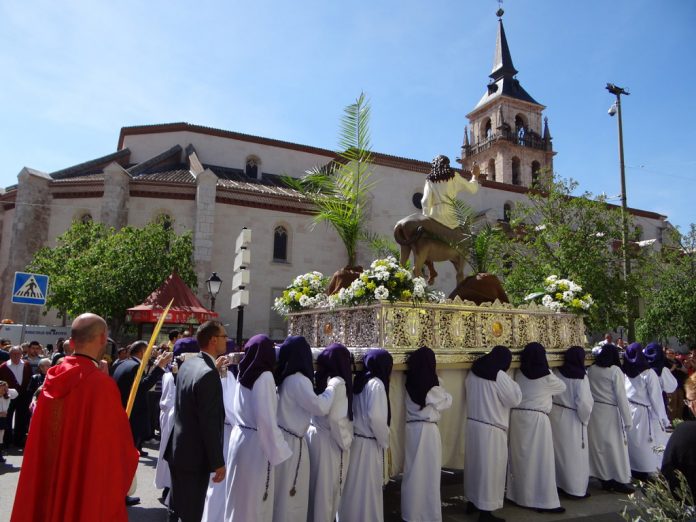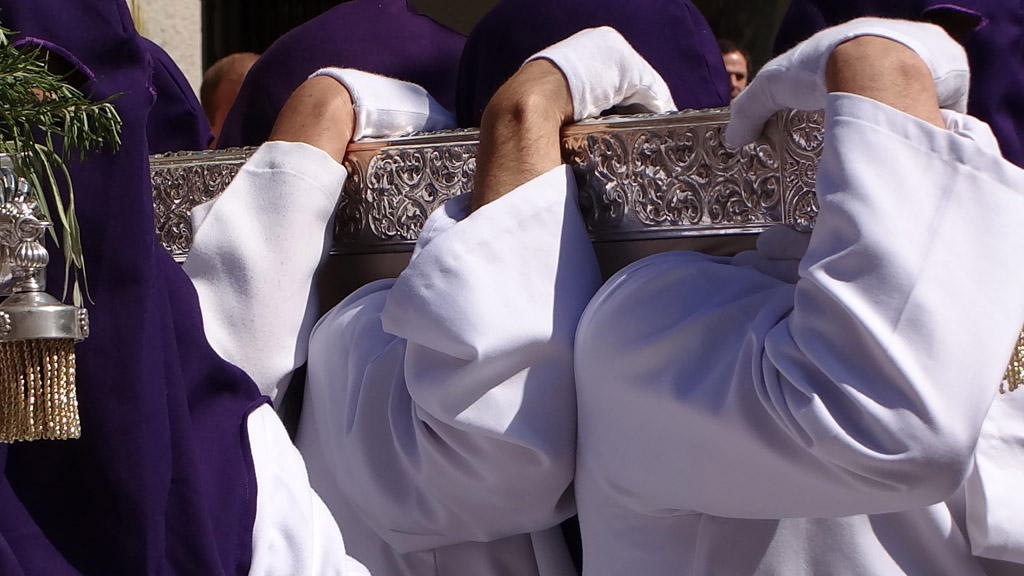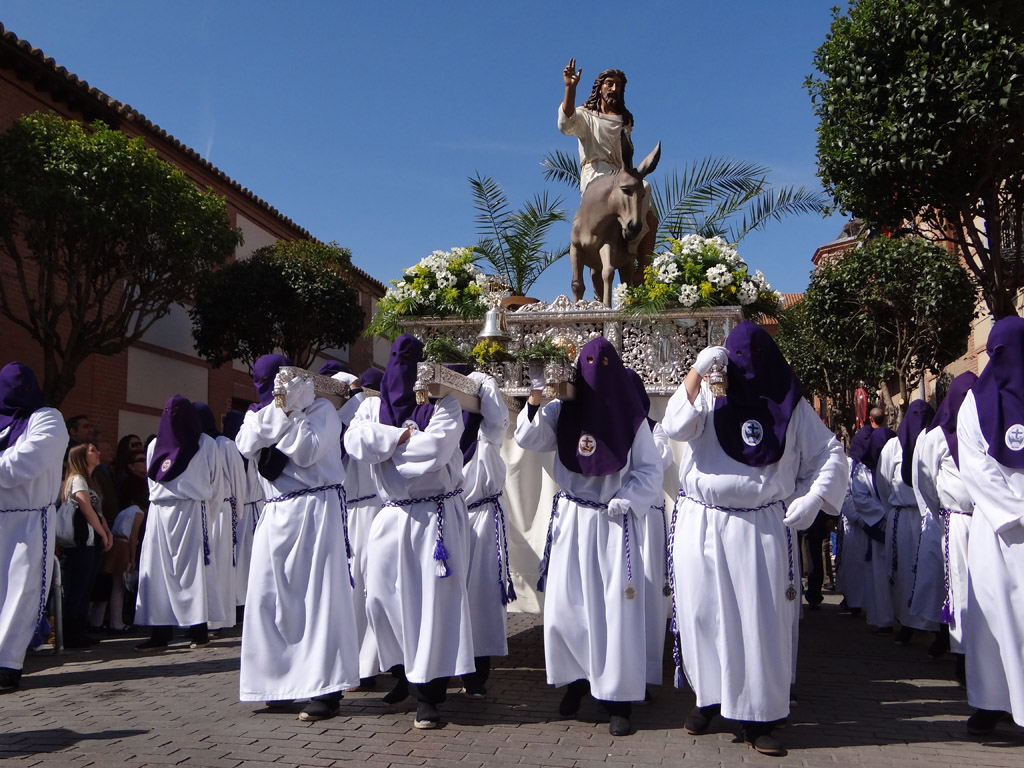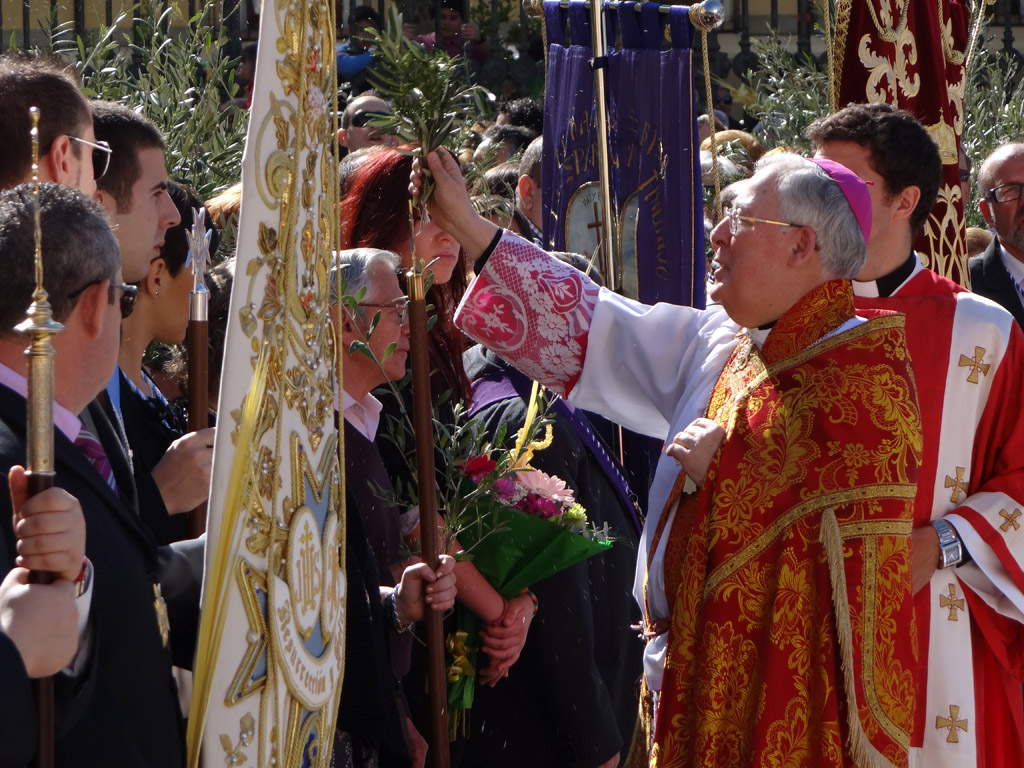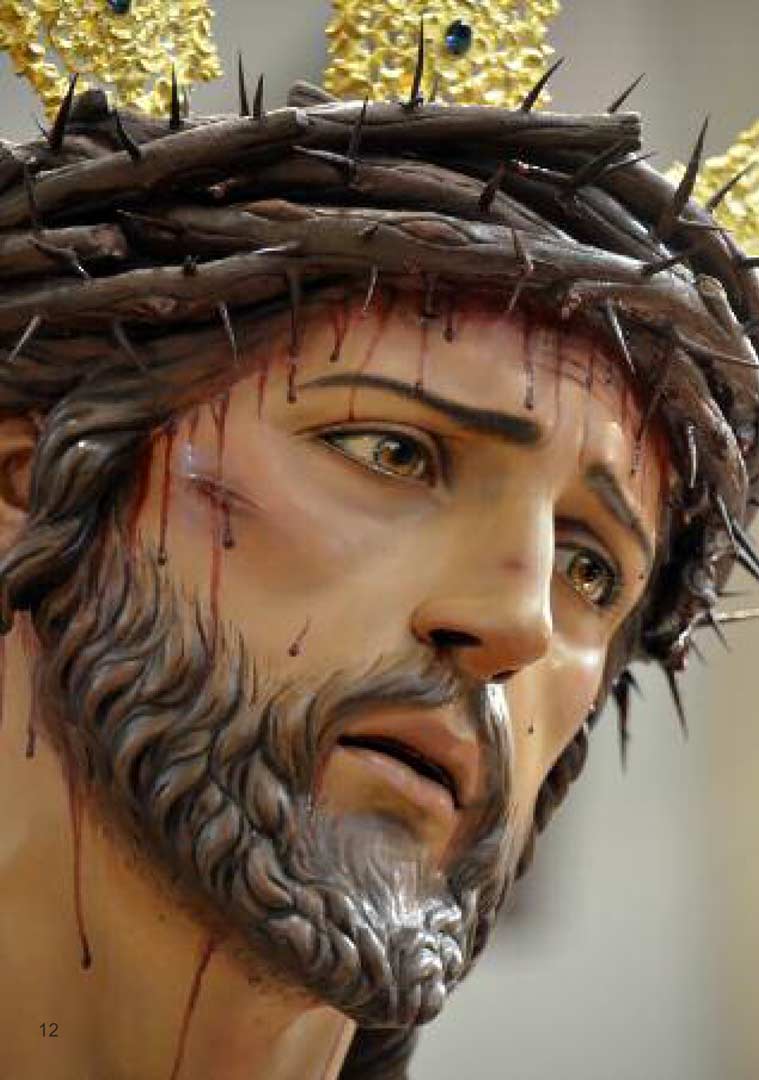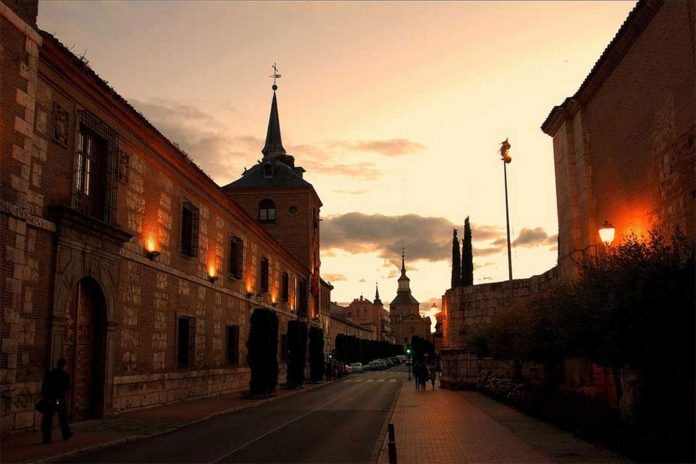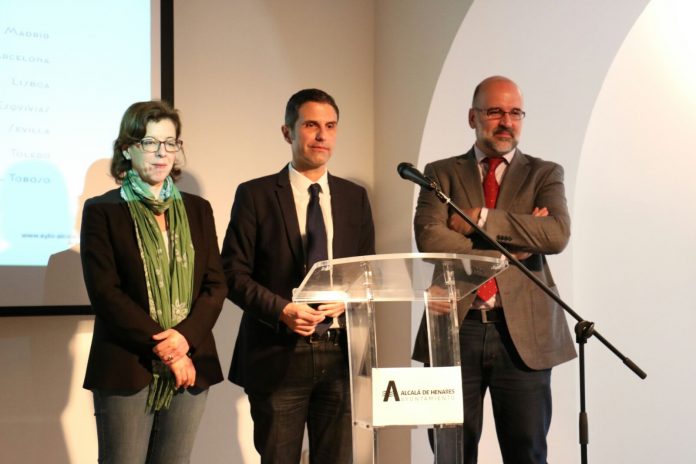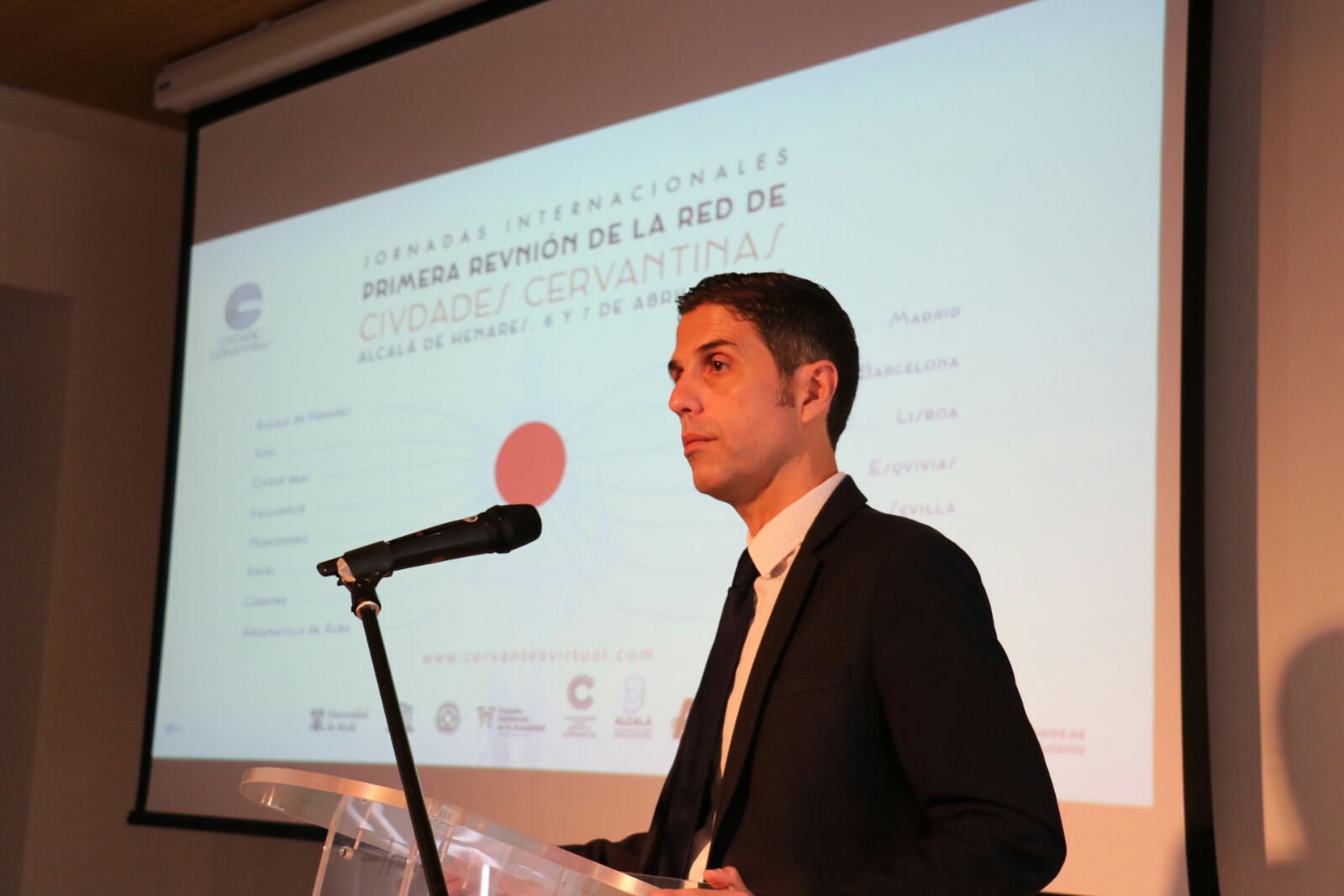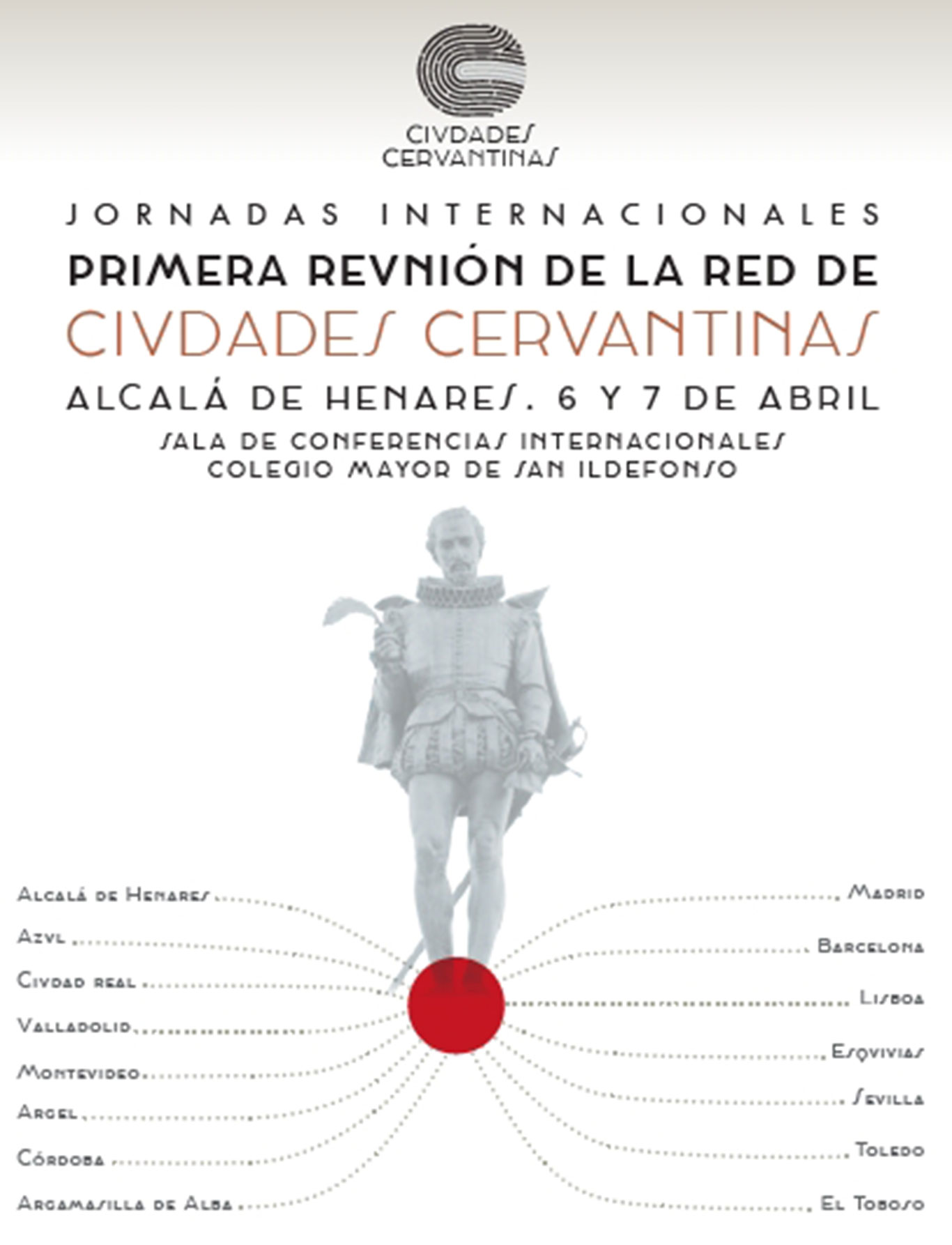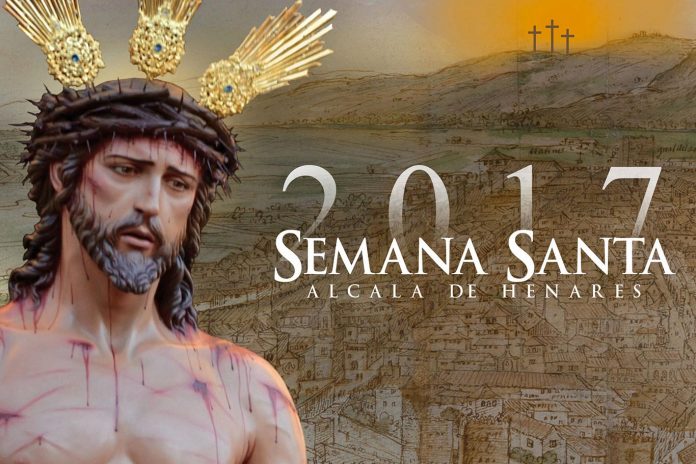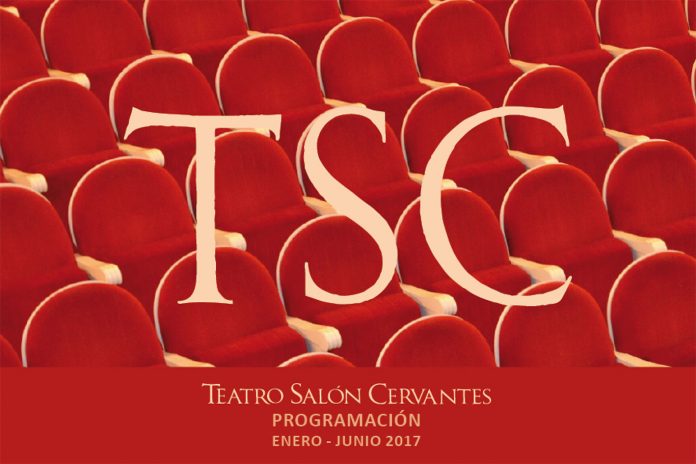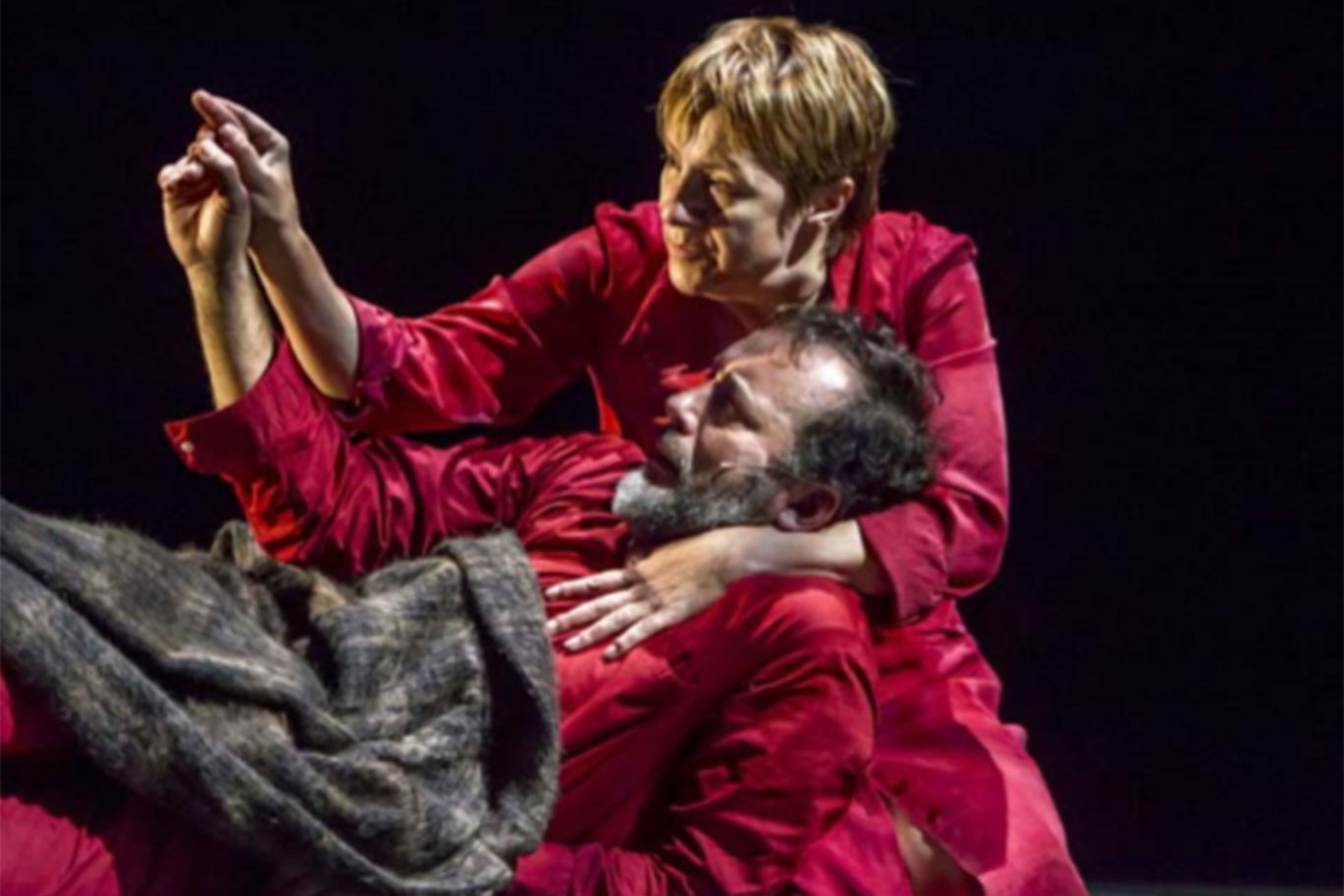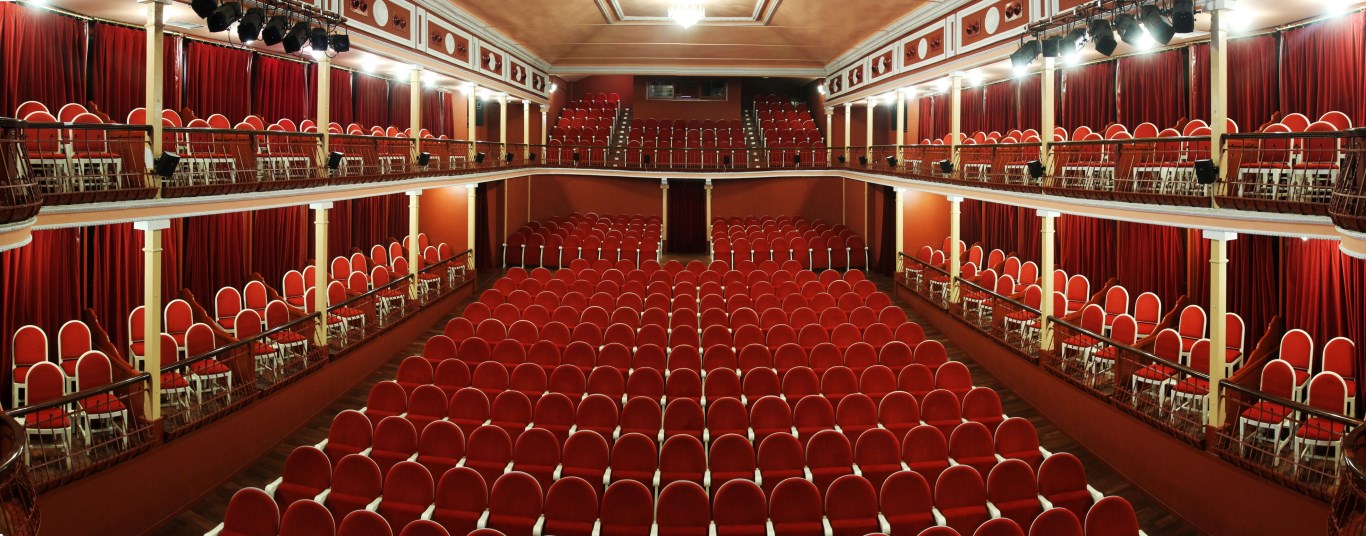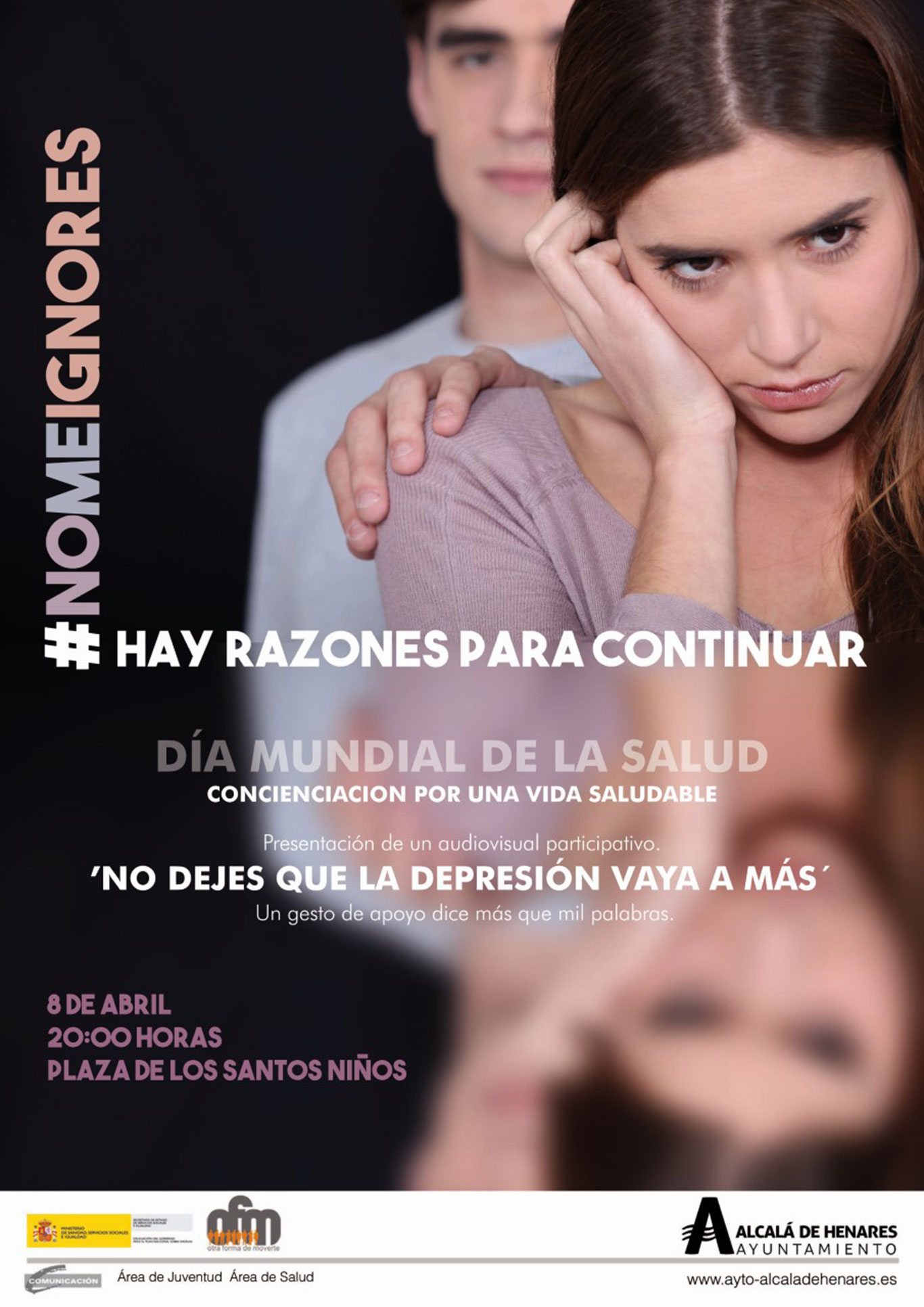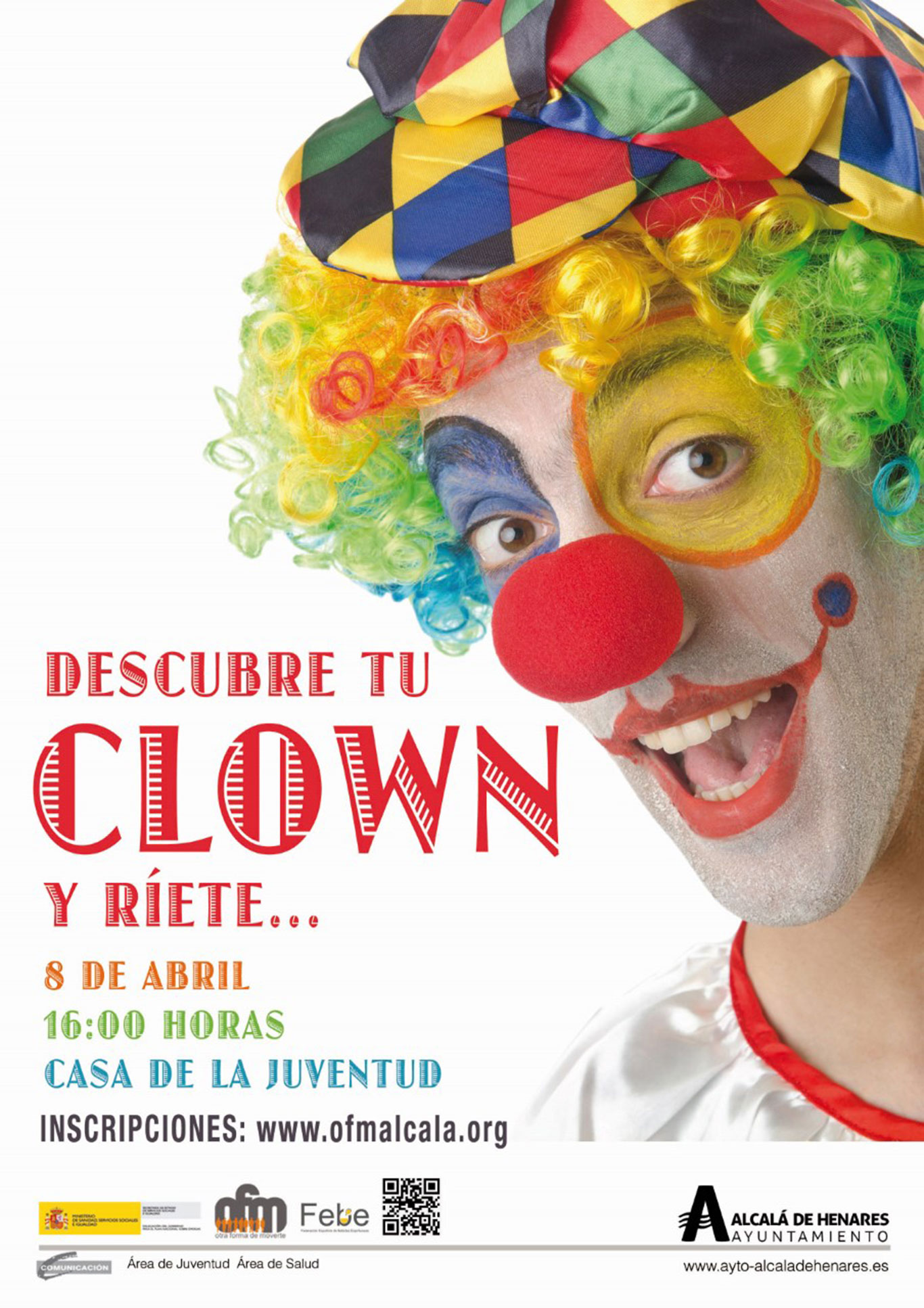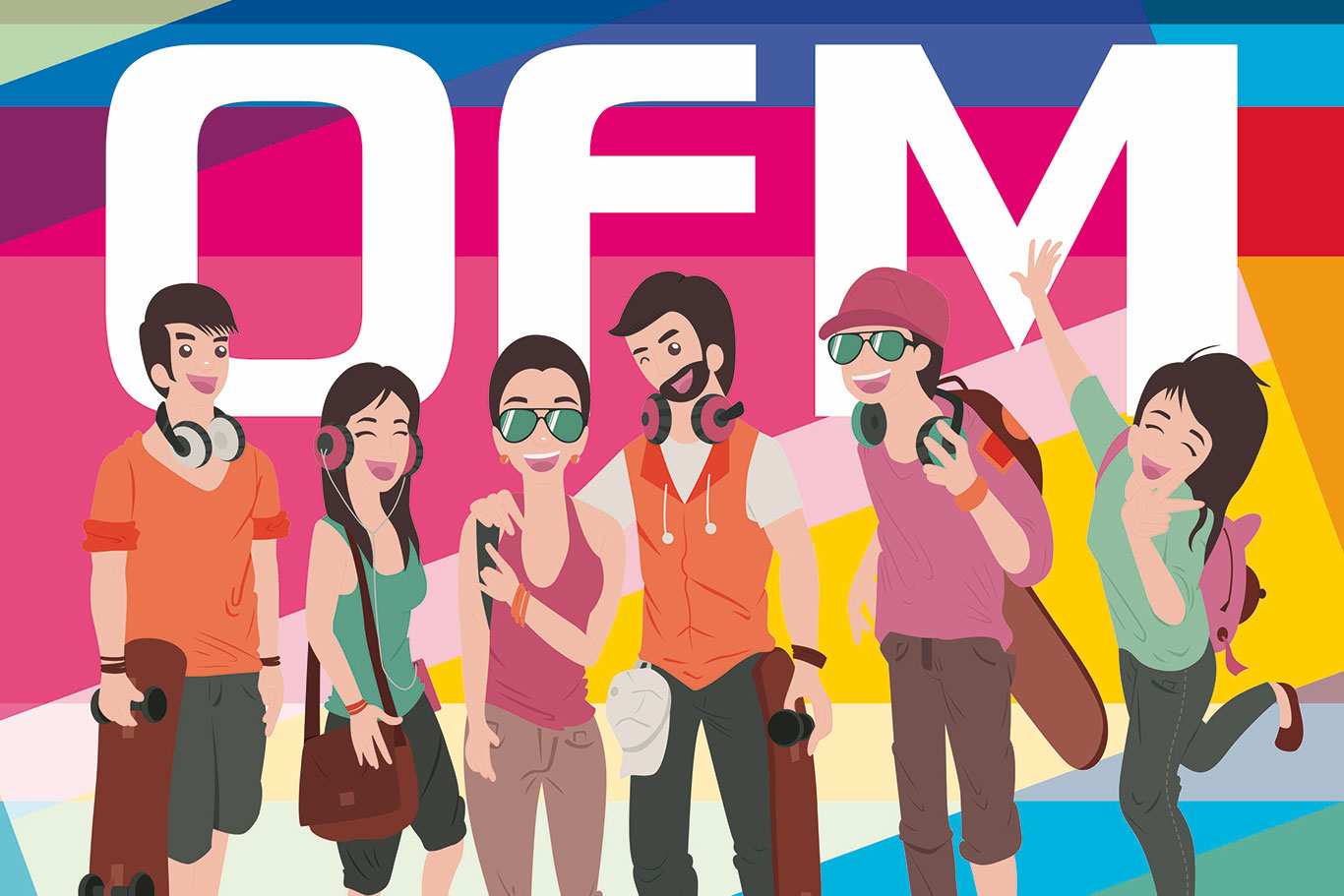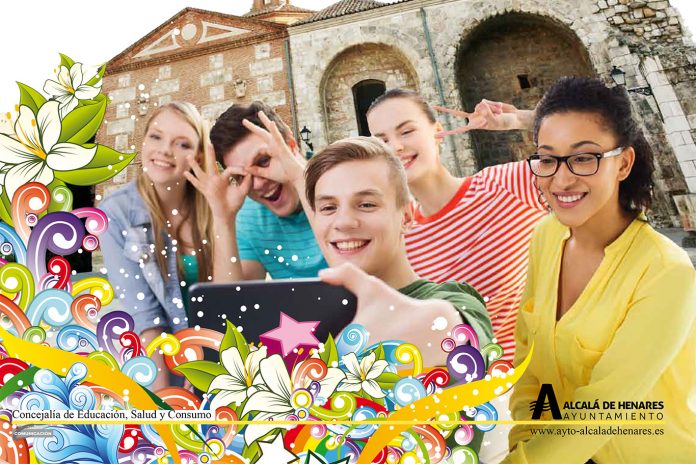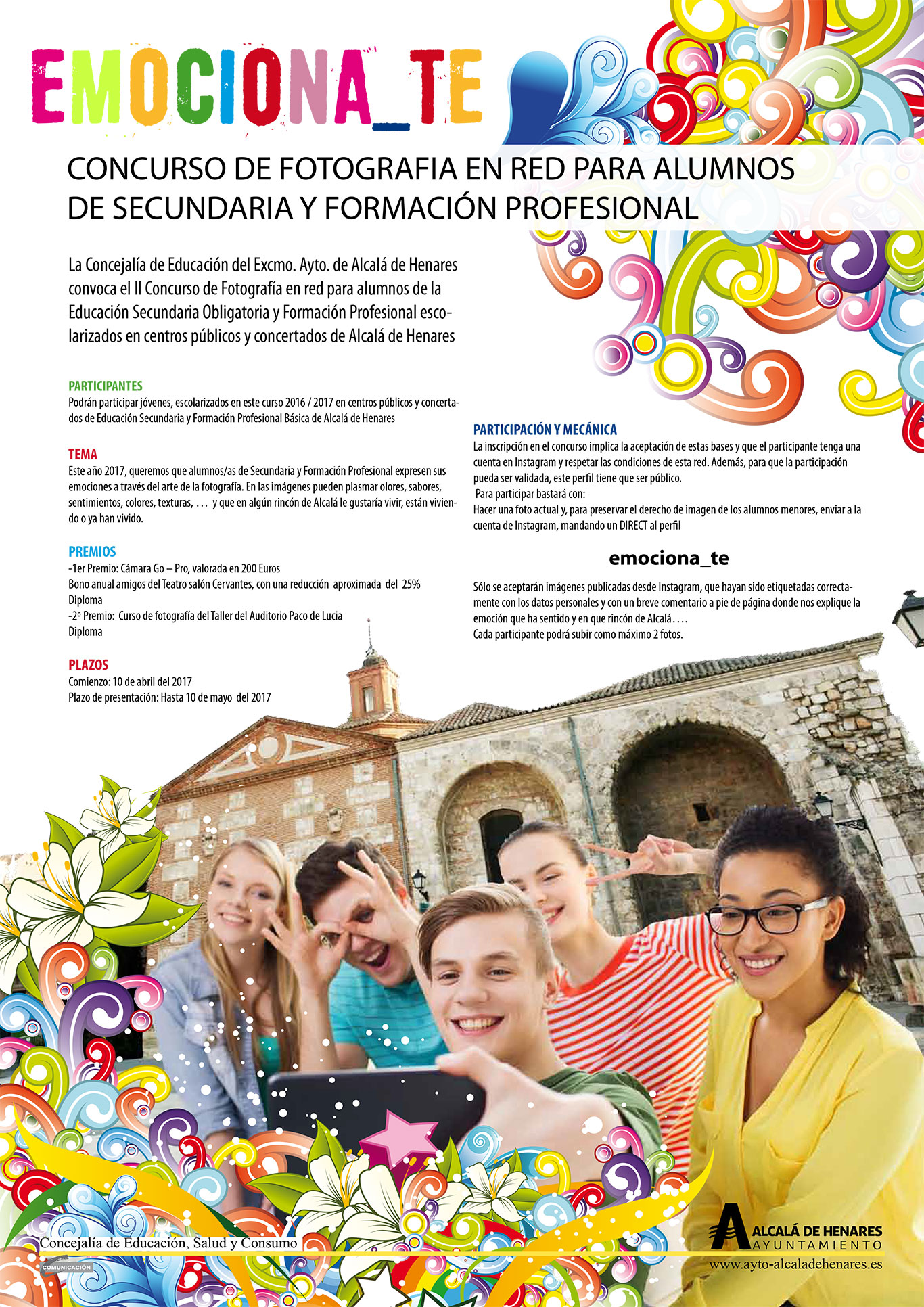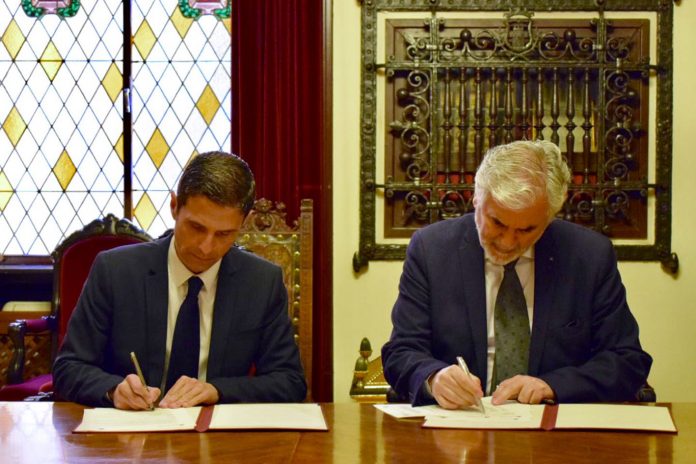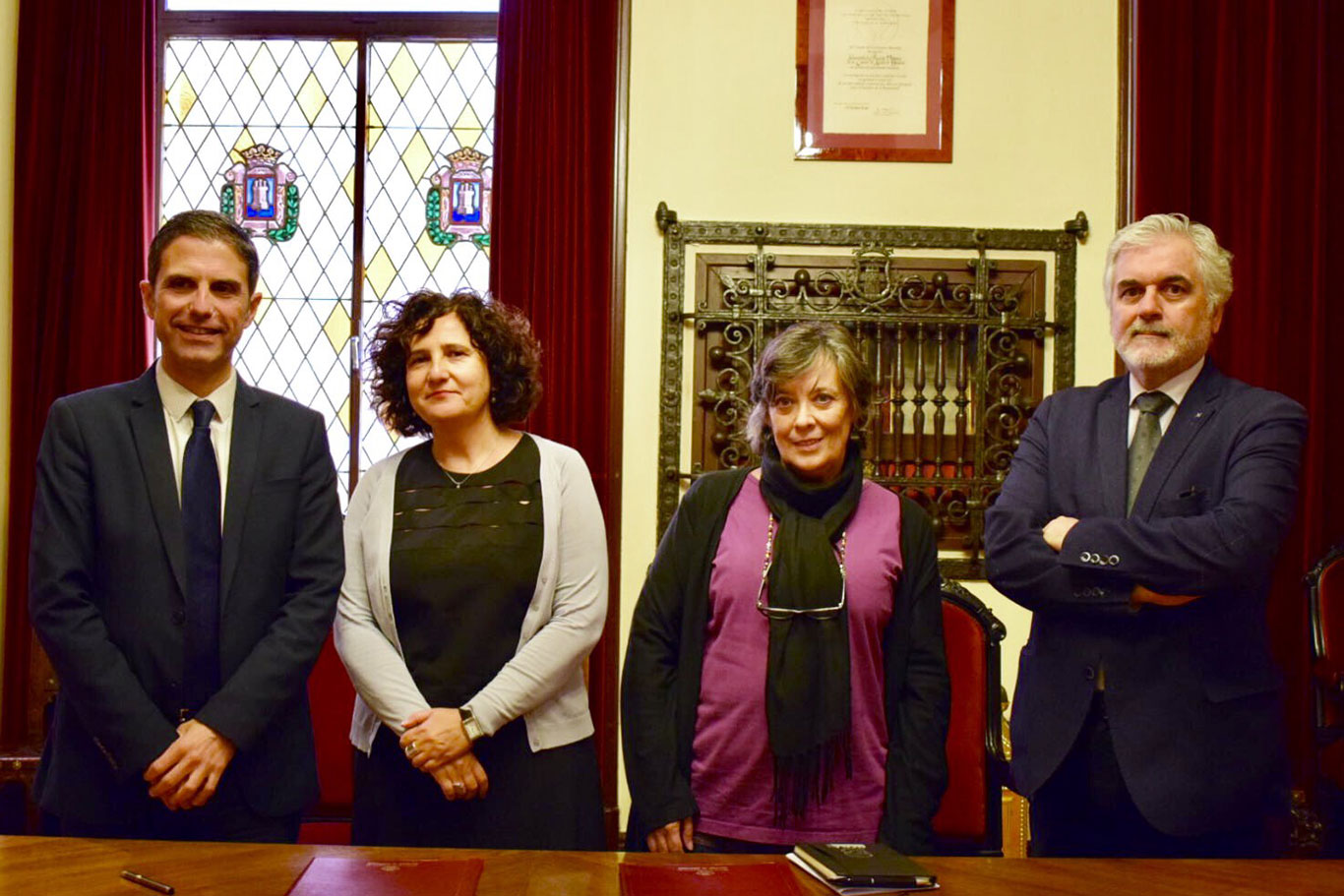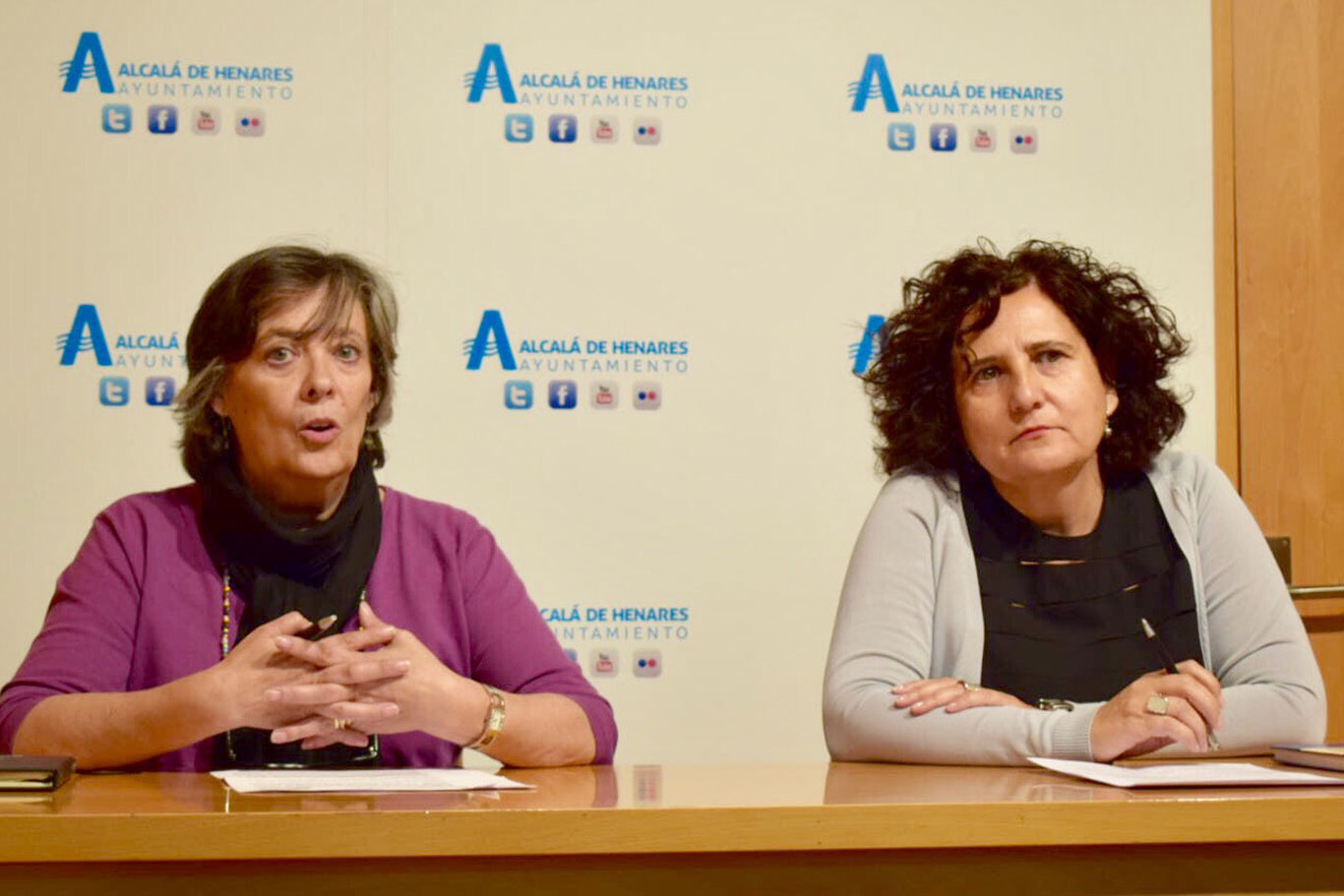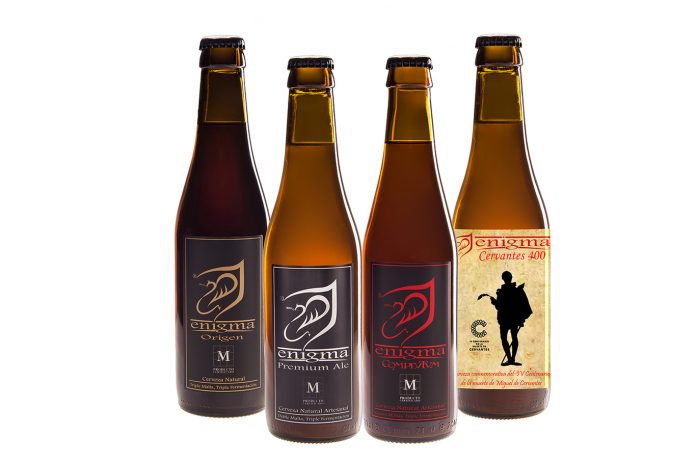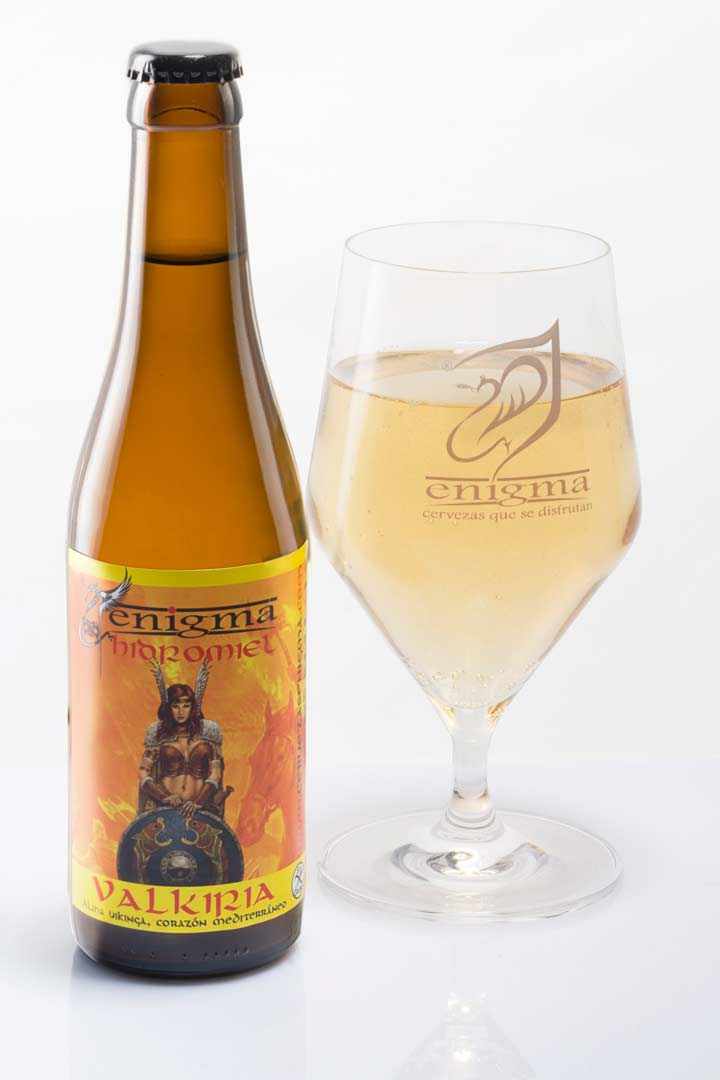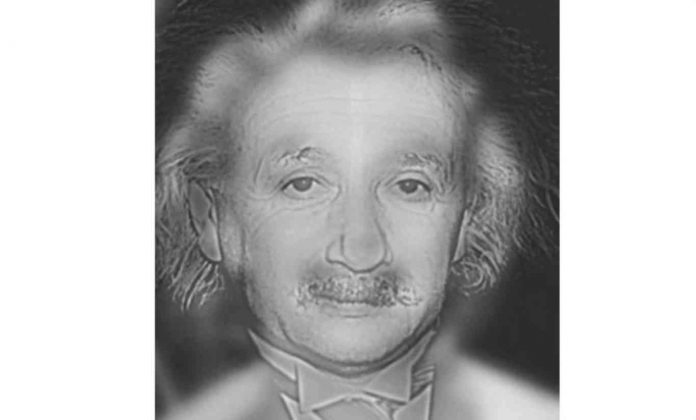La Compañía Entrelarte de Alcalá de Henares triunfó el pasado fin de semana en la edición 2017 del Certamen Nacional Danza Rivas al alzarse con el segundo premio de la categoría superior de la modalidad de flamenco.
La pieza Las guapas de Cádiz conquistó al jurado profesional que decidió otorgarles la medalla de plata en una competición que reúne cada año a más de 900 bailarines de toda España.
El cuerpo de baile, compuesto por las 7 bailarinas complutenses Lydia Gómez, Alexandra Fernández, Gloria Córdoba, Nuria Huerta, Rosa Sánchez, Cristina del Castillo y Belén Jiménez, recibieron una gran ovación tras su actuación en uno de los certámenes de referencia nacional.
La compañía, perteneciente al Centro de Danza Entrelarte, contó con el reputado bailarín Manuel Díaz Callejón como coreógrafo del baile ganador. Las representantes en Danza Rivas formaron parte de un gran formato de concurso de danza en la que participaron escuelas y compañías de Baleares, Andalucía, Castilla la Mancha, entre otras.
La Compañía Entrelarte fue el único grupo de Alcalá de Henares seleccionado para participar en el certamen
Y ya van tres
Además de este segundo premio, la Compañía Entrelarte de Alcalá de Henares ya ha cosechado otros reconocimientos en el terreno del baile español.
En su palmarés lucen el primer premio del Certamen Arte y Compás 2016, el tercer premio de este mismo campeonato en el año 2015, y el premio a la mejor puesta en escena en el campeonato Pasión por la Danza 2015.
La directora del Centro de Danza Entrelarte, Paz Moya, ha querido felicitar el trabajo de las bailarinas de la compañía como resultado del gran esfuerzo que realizan día a tras día: “Todas ellas tienen sus trabajos, sus familias y su vida personal, pero necesitan el baile en su día a día y se implican mucho en seguir mejorando y aprendiendo de la mano de los mejores. Se lo merecen”.
En el podio de la categoría superior de flamenco junto a las alcalaínas, estuvieron la escuela sevillana Alvarycoke que consiguieron el primer puesto, y el grupo Encomienda Mayor de Castilla de Villarejo de Salvanés que se alzaron con la medalla de bronce.
Centro de Danza Entrelarte
Entrelarte abrió sus puertas en el año 2014, en el barrio de El Ensanche de Alcalá de Henares. En la escuela, se imparten clases de danza de todos los estilos: flamenco, ballet, clásico español, baile moderno, zumba, danza estilizada, puntas, percusión de cajón y mucho más.
En tan solo 2 años, el centro ya cuenta con más de 200 alumnos de todas las edades y niveles. Su cuadro de profesores, está formado por maestros de la danza titulados e importantes bailarines a nivel internacional.
Bajo la dirección de Mari Paz Moya, el Centro de Danza Entrelarte se posiciona como una de las escuelas más influyentes de la ciudad complutense. Desde su creación, su compañía residente Entrelarte ha estado presente en los principales campeonatos y certámenes de danza a nivel nacional, obteniendo numerosos premios y reconocimientos.


